The Tesla Cybertruck rolled into the market surrounded by a media storm, endless speculation, and an army of deposit holders eager to be first in line. It was billed as a game changing pickup that would rewrite the rules of truck design and performance. But as the first owners put their trucks up for sale, the used market is showing a sobering reality. A year in, the depreciation story is a mix of market forces, buyer psychology, and the challenges of being an early adopter.
The Hype Meets the Used Market

Few vehicles have ever launched with the same hype as the Cybertruck. Social media was flooded with delivery day videos, and early owners enjoyed instant celebrity status in parking lots. However, hype does not guarantee strong resale values. Once the novelty wears off and availability improves, the used market becomes less emotional and more price-driven.
First Year Depreciation Numbers

Data from online auction platforms and electric vehicle resellers suggests that Cybertrucks are losing between 15 and 25 percent of their original sticker price within the first twelve months. A truck that sold for $80,000 new could now fetch between $60,000 and $68,000. That may not be disastrous compared to some luxury sedans that drop 40 percent in a year, but it is more aggressive than many Tesla fans had predicted.
Why Depreciation Is Higher Than Expected
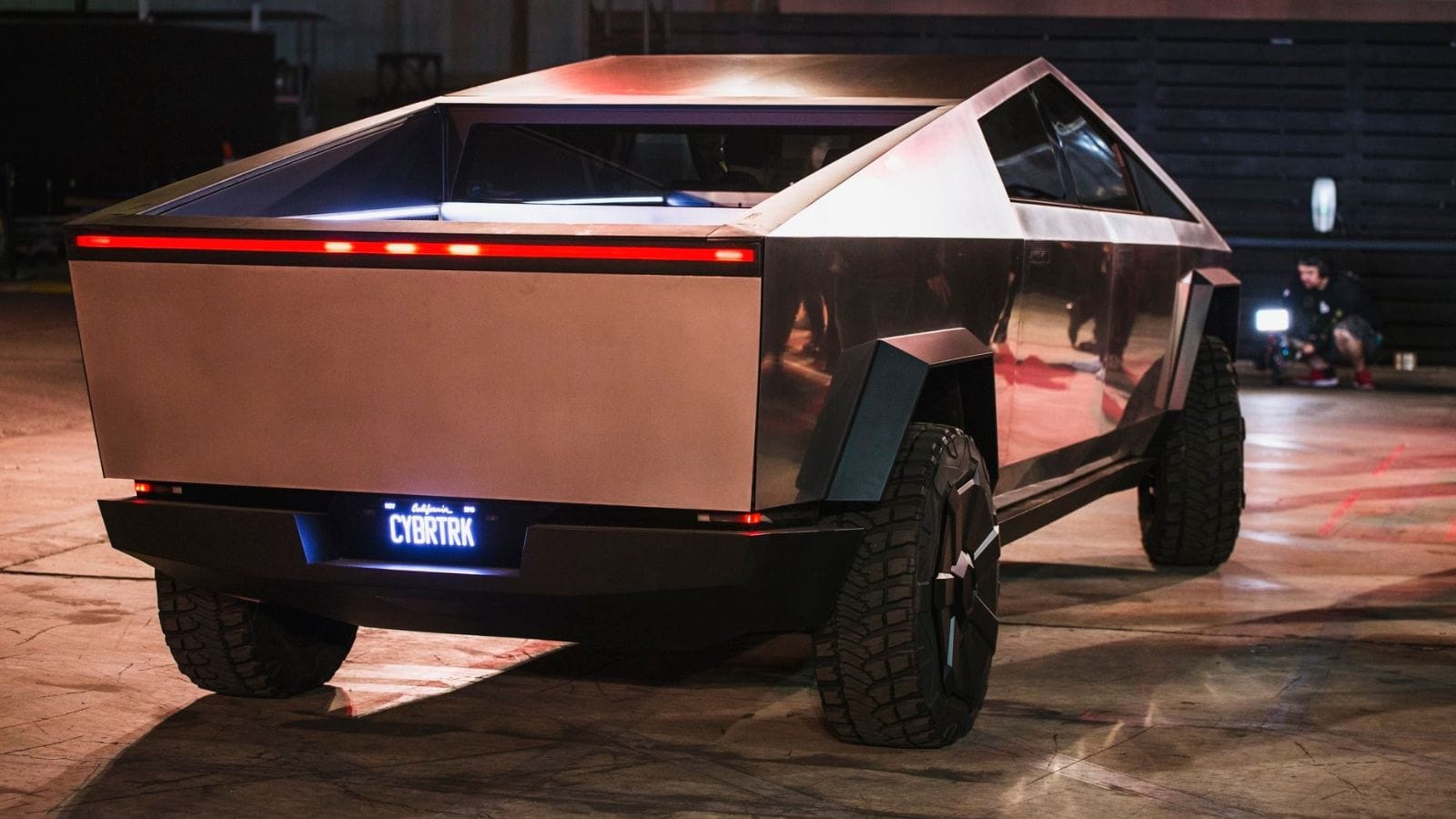
Part of the explanation lies in supply and demand. As production ramps up, scarcity fades. Early delivery models, which once commanded huge premiums, now face competition from brand new trucks sitting in showrooms. On top of that, some of the first Cybertrucks have been linked to small build quality issues, which makes used buyers prefer fresher, revised builds.
Early Adopter Premiums Disappear Fast
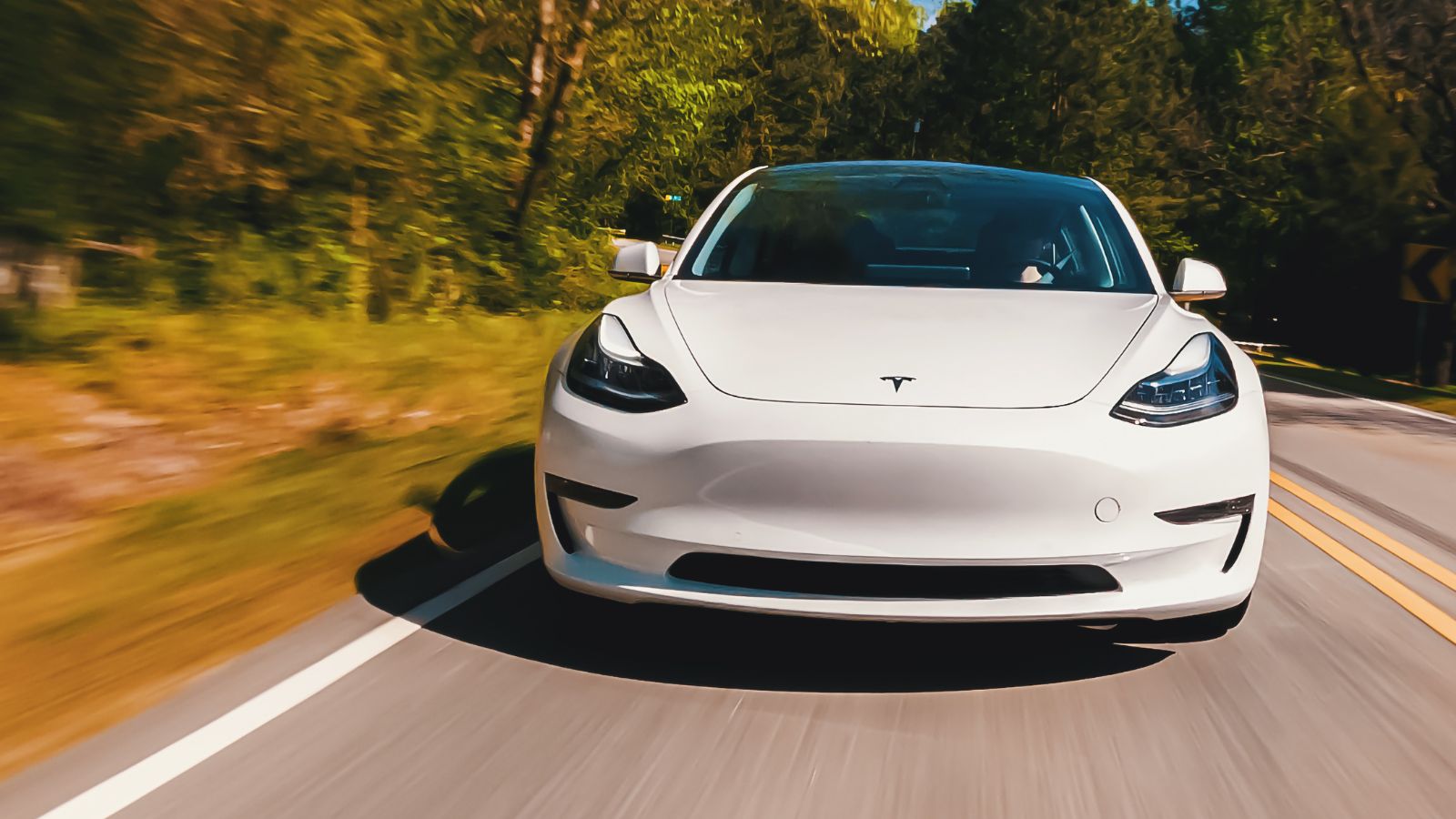
In the early weeks, some buyers paid $10,000 or more over MSRP to jump the queue. This “bragging rights” premium was short lived. By month twelve, no one is willing to pay extra just to have one, because more units are readily available. It is a familiar pattern seen with other Teslas, like the Model 3 in its launch year, when resale premiums evaporated quickly.
The Styling Factor
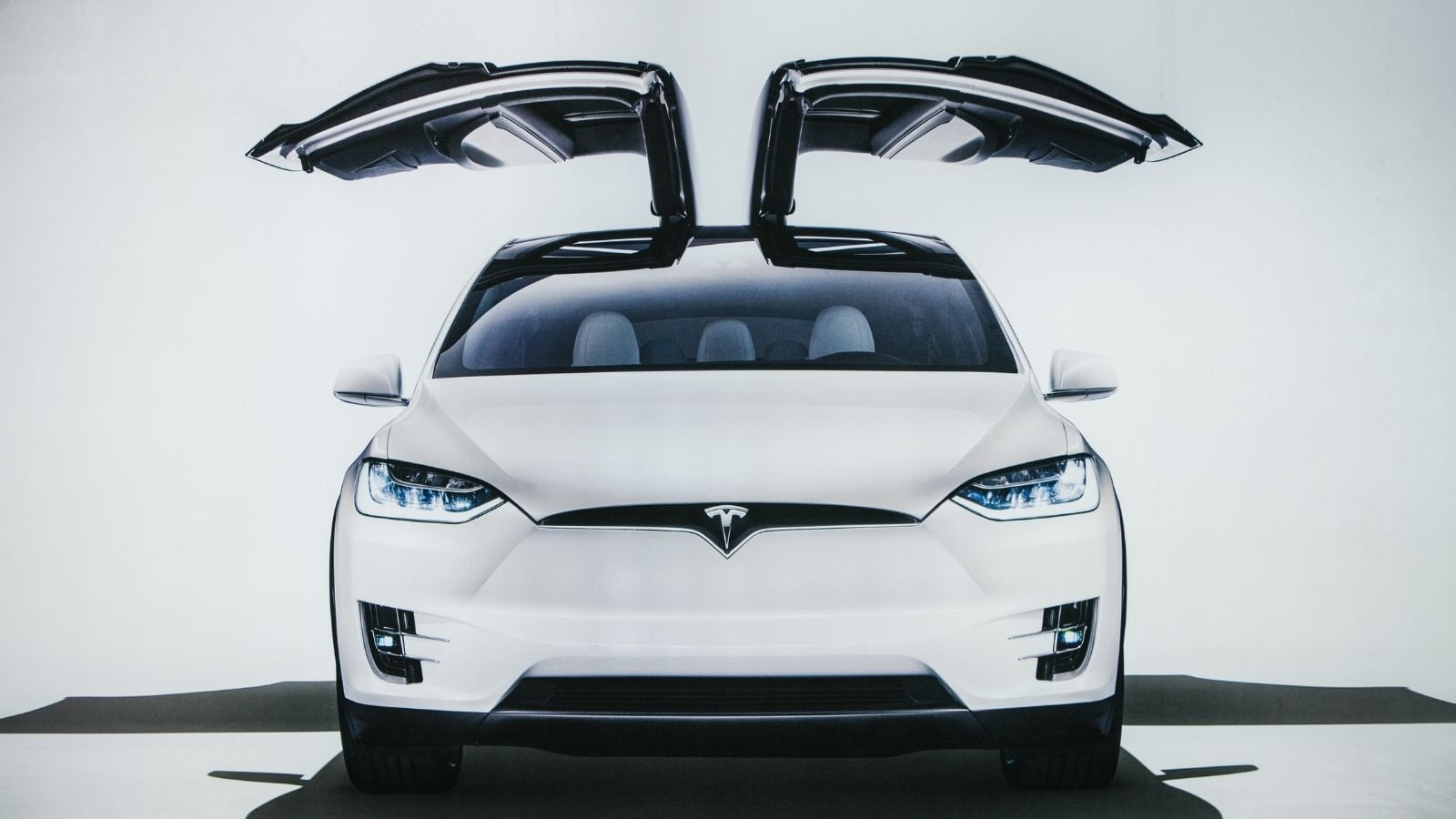
The stainless steel, wedge-shaped design still draws stares, but not always admiration. For every driver who sees it as a futuristic masterpiece, another sees it as impractical or unattractive. This polarizing style limits the potential buyer pool, which can make second hand sales slower. Even the Model X, with its Falcon Wing doors, experienced a similar narrowing of demand due to unconventional design choices.
Competition from New Models
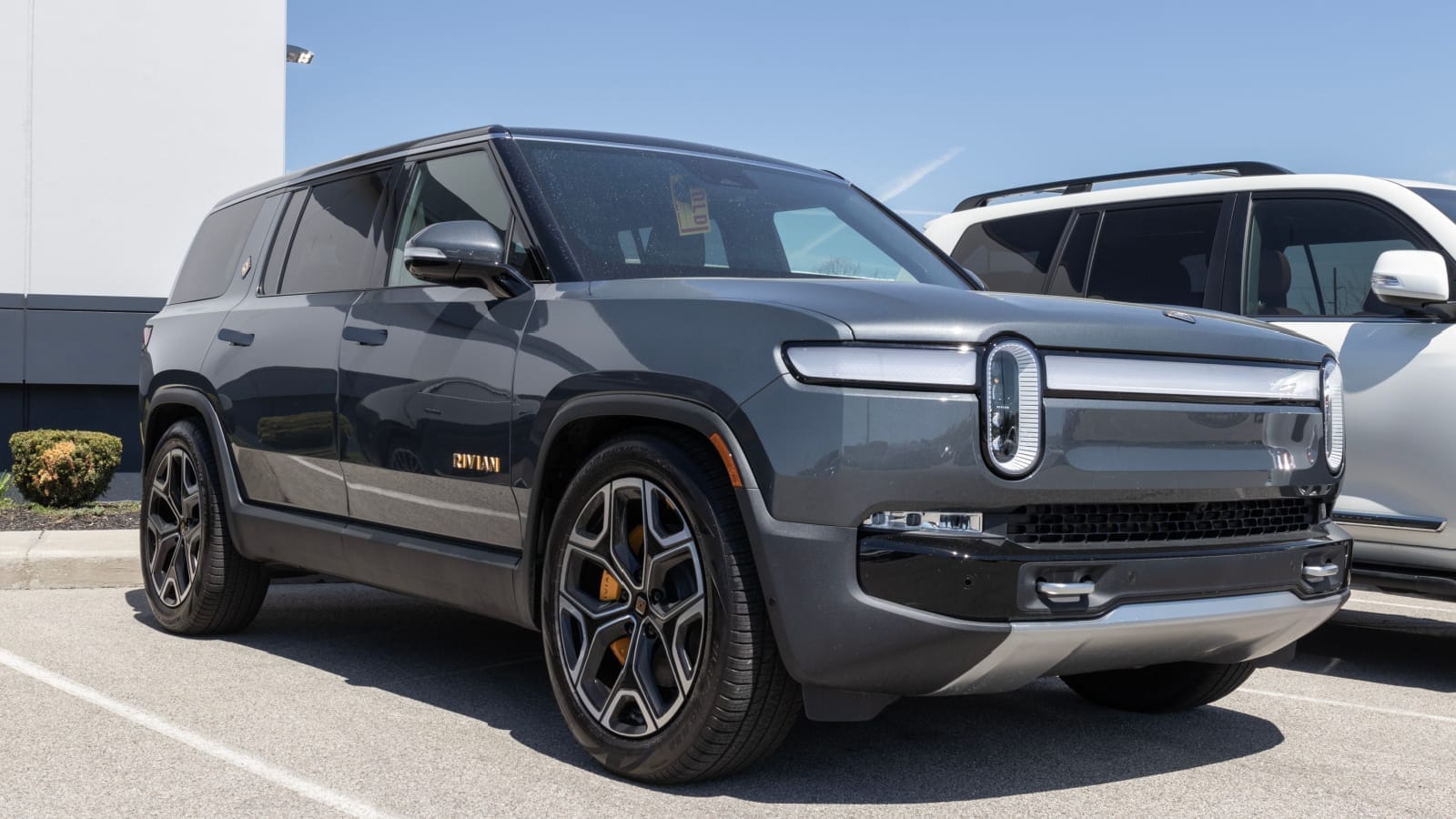
The electric truck market has not stood still. In just one year, Ford improved the F-150 Lightning’s range and charging speed, Rivian refined the R1T, and GM pushed forward with the Silverado EV. Buyers who once saw the Cybertruck as the only truly advanced EV pickup now have credible alternatives, often with traditional styling and proven utility, pulling some of the demand away from Tesla’s offering.
Mileage and Usage Impact
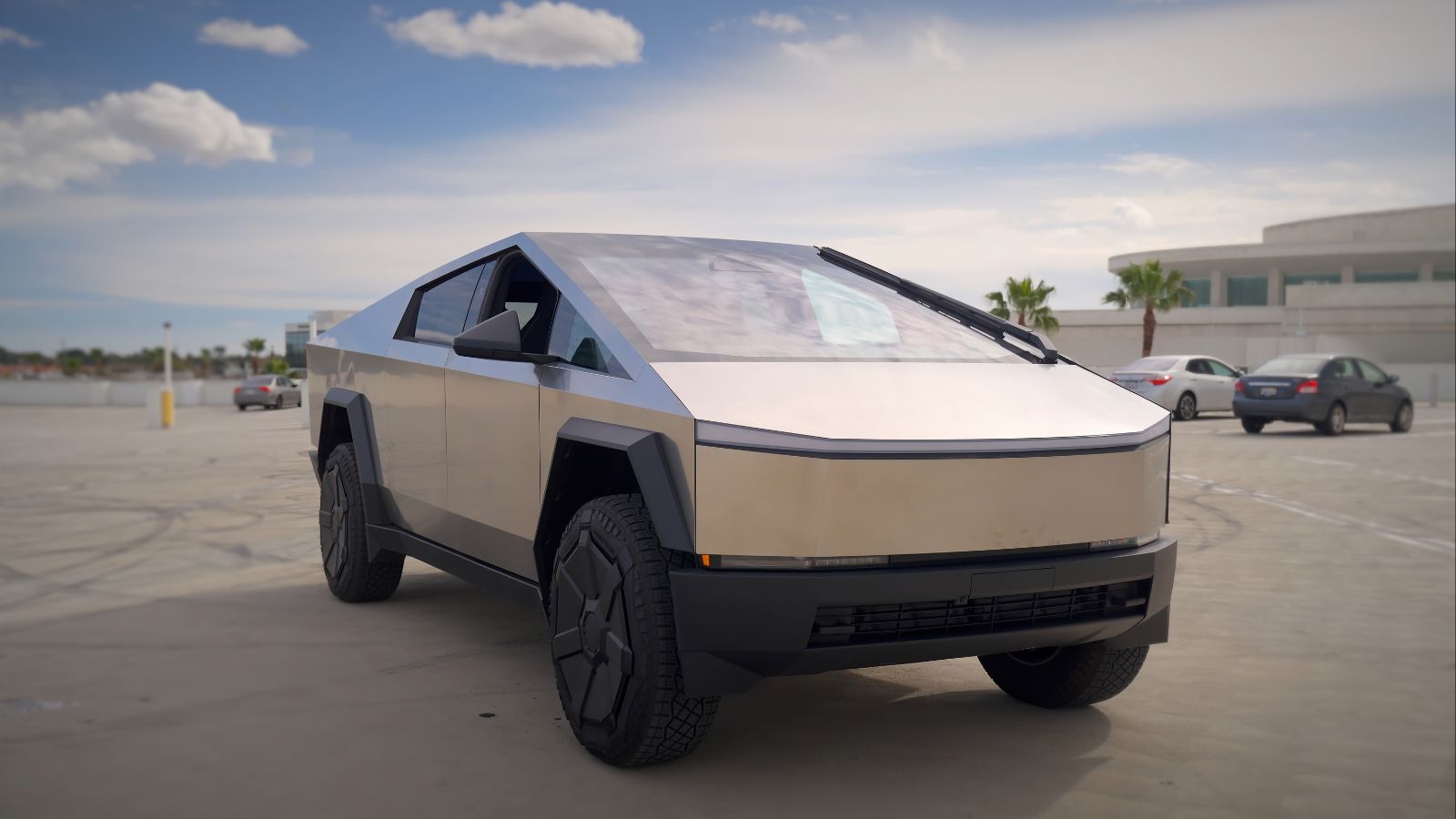
The condition of the truck plays a massive role. Cybertrucks used as lifestyle vehicles with low mileage and minimal wear tend to hold value better. But those put through hard work, with scratches in the stainless panels, high mileage, or interior wear, can lose more than 25 percent. Unlike a classic steel body that can be repainted easily, repairing cosmetic damage on stainless steel is tricky and costly.
Battery and Range Considerations
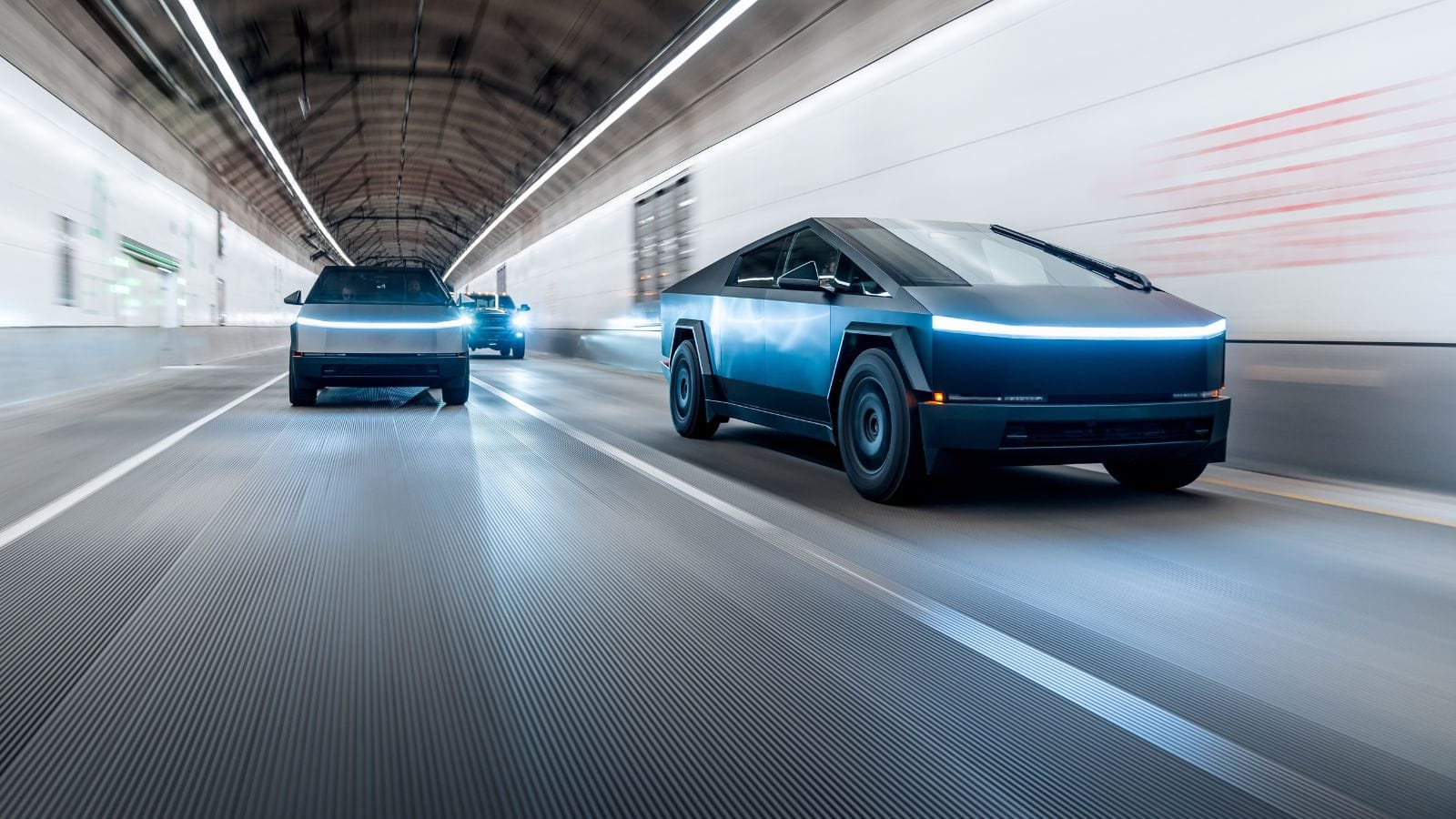
Range performance is a key factor in EV resale. While Tesla batteries generally age well, the Cybertruck’s size and weight make efficiency even more critical. Buyers are quick to compare the real-world range to the EPA estimates, and if an early truck falls short, it can be harder to sell. Cold climates add another layer of hesitation, as winter range loss is well known among Canadian and northern US drivers.
Owner Sentiment After One Year

Some Cybertruck owners shrug off the depreciation as the cost of owning something revolutionary from day one. They argue that the truck’s capabilities, off-road performance, and tech features still justify the purchase. Others admit to disappointment, saying they were caught off guard by how quickly the market moved and how little value early exclusivity provided.
What This Means for Future Buyers

For those considering a Cybertruck, patience could pay off. Buying a one-year-old model lets someone else absorb the steepest depreciation while you get essentially the same truck for thousands less. This strategy worked for many Model S and Model X buyers in the past, and it is proving just as relevant for Tesla’s radical pickup. If the pattern holds, 2026 could be the sweet spot for bargain hunters looking for a low-mileage, still under warranty Cybertruck at a much friendlier price.
25 Facts About Car Loans That Most Drivers Don’t Realize

Car loans are one of the most common ways people fund car purchases. Like any other kind of loan, car loans can have certain features that can be regarded as an advantage or a disadvantage to the borrower. Understanding all essential facts about car loans and how they work to ensure that you get the best deal for your financial situation is essential. Here are 25 shocking facts about car loans that most drivers don’t realize:
25 Facts About Car Loans That Most Drivers Don’t Realize
